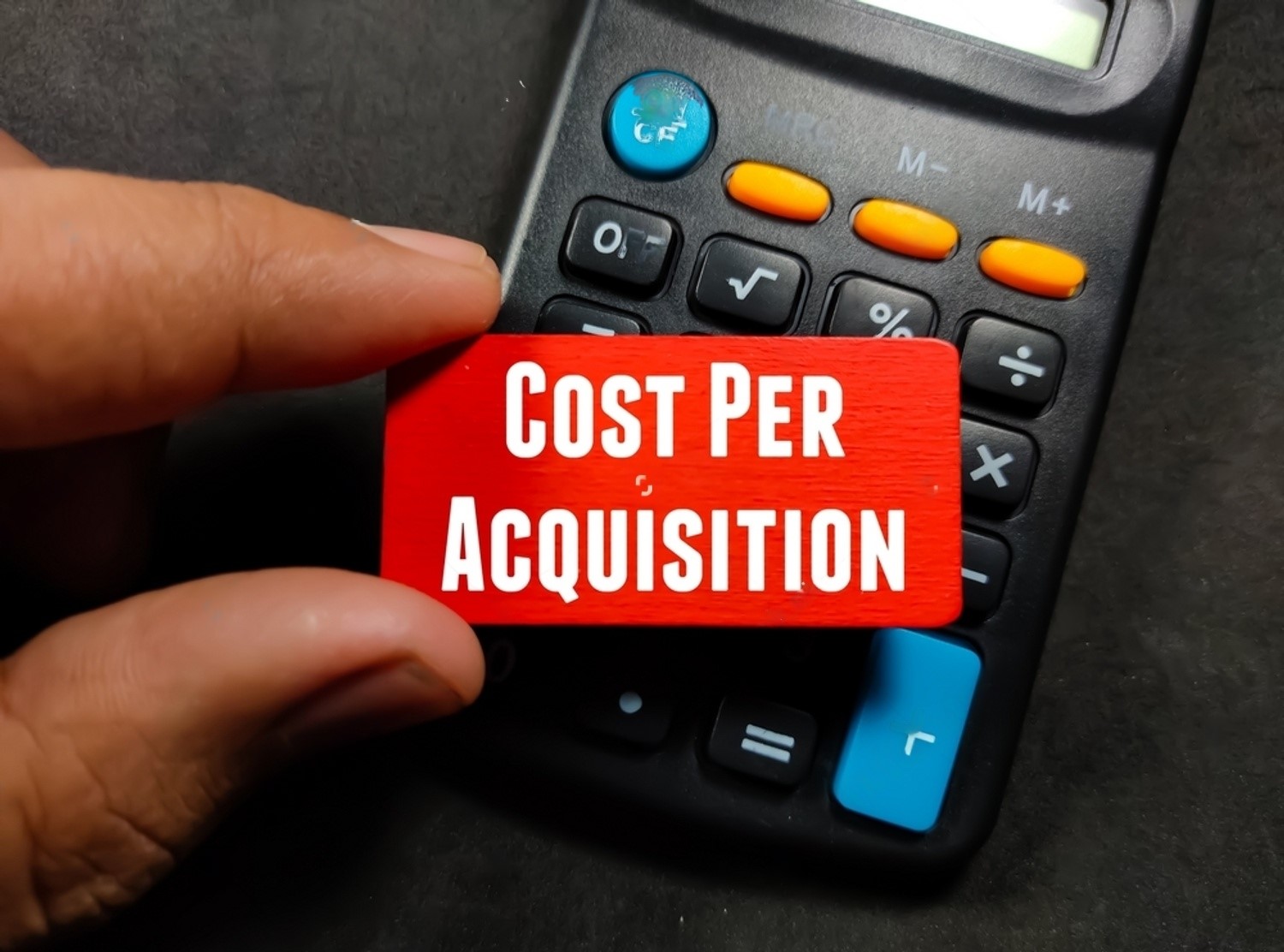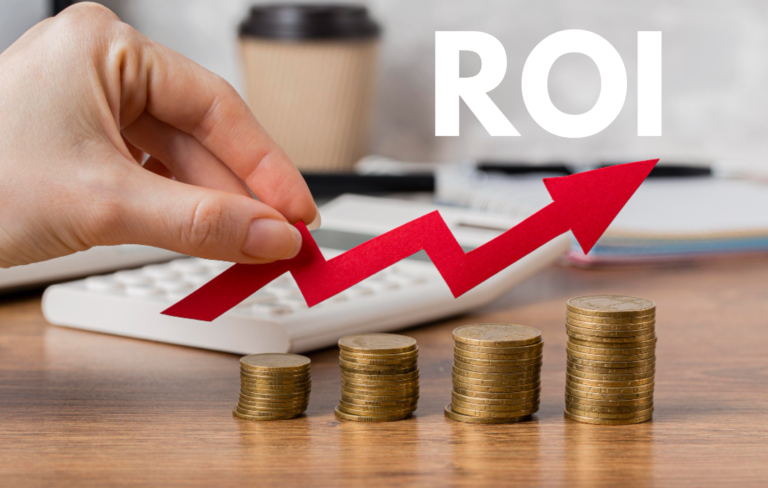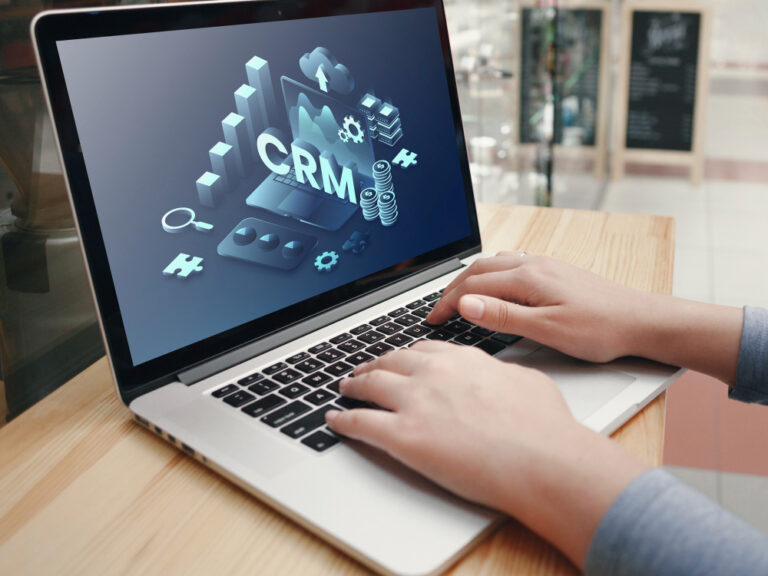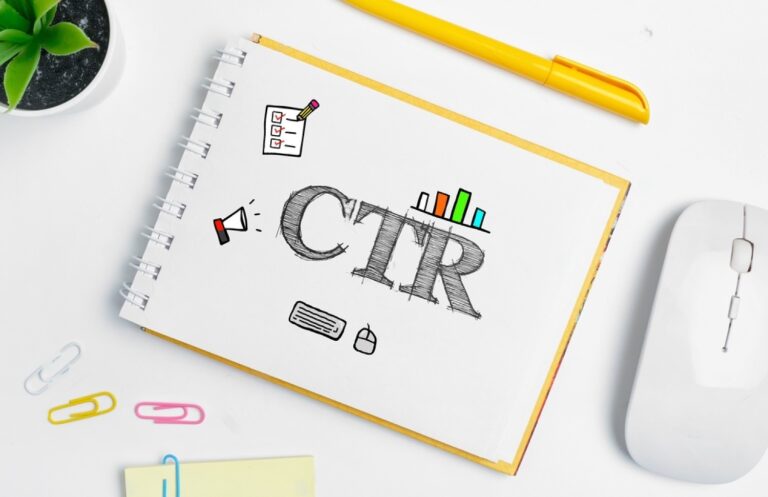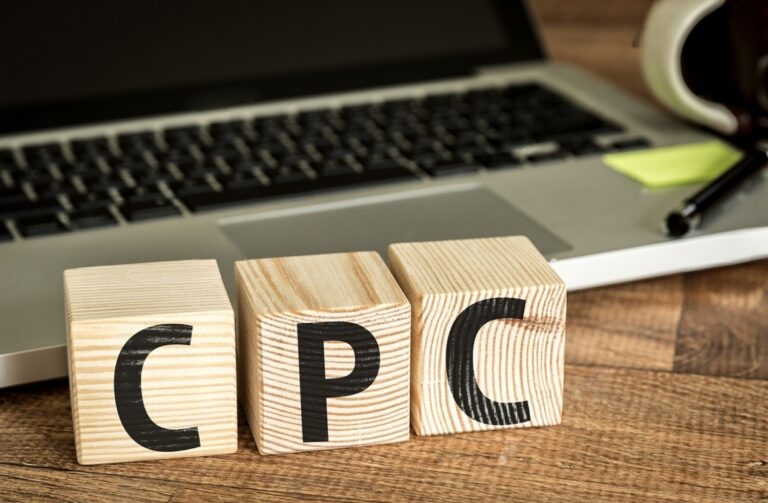What Is Cost Per Acquisition (CPA) & How to Calculate It
So, you know when you’re scrolling through the internet, and you see those ads that prompt you to sign up or make a purchase? Well, Cost Per Acquisition, or CPA, is a way advertisers keep track of how much it costs them to get you to take that action.
So, What Does CPA Stand For?
CPA stands for Cost Per Acquisition. Now, what’s that? Well, it’s a metric in digital marketing that shows how much it costs to acquire a customer. In simpler terms, it’s like figuring out the expenses involved in getting someone to take a desired action, like making a purchase or filling out a form.
In simple terms, CPA in digital marketing is the total amount a company spends on ads divided by the number of actions they want you to take, like signing up for a newsletter, buying something, or filling out a form. It’s like a measuring tape for how effective an ad campaign is in getting people to do what the company wants them to do. The lower the CPA, the better, ’cause it means they’re spending less to get folks to take action.
What is CPA?
Cost Per Acquisition (CPA) is a fundamental metric in digital marketing, representing the cost an advertiser incurs when a user takes a specified action. This action can vary and might include anything from making a purchase to signing up for a newsletter, depending on the advertiser’s goals.
CPA offers a clear picture of how efficiently you’re achieving your marketing objectives, as it calculates the cost of acquiring a customer who completes a predetermined action.
Cost Per Acquisition, often abbreviated as CPA, is a critical metric in digital advertising. It signifies the expense incurred by advertisers when a user takes a specific action, such as making a purchase, filling out a form, or signing up for a service. Understanding the concept of CPA is vital for optimizing digital marketing strategies and measuring the effectiveness of your campaigns.
CPA stands in contrast to other pricing models like CPC (Cost Per Click) and CPM (Cost Per Mille), which focus on different user interactions with ads. With CPA, the emphasis is on actions that directly impact your business goals.
How to improve CPA
Optimization Strategies for Reducing CPA:
Target Audience Refinement:
- Segmentation: Divide your audience into smaller, more targeted segments based on demographics, interests, behaviors, etc. This helps tailor your ads for specific groups likely to convert.
- Lookalike Audiences: Utilize lookalike audience features to find users similar to your existing customers. Platforms like Facebook and Google allow targeting users with similar traits to your current customer base.
- Retargeting: Target users who have already engaged with your brand. Retargeting ads to these users often results in higher conversion rates as they are already familiar with your brand.
Keyword and Ad Optimization:
- Keyword Research: Dive deep into keyword research and focus on long-tail keywords and find low competition keywords.
- Compelling Ad Copies: Craft ad copies that are not only relevant but also compelling. Highlight unique selling points and benefits to entice users to take action.
Landing Page Optimization:
- Relevance: Ensure your landing page directly relates to the ad clicked. Consistency in messaging and design improves user experience and boosts conversions.
- Clear Call-to-Action (CTA): Have a clear and prominent CTA that guides users towards the desired action. Make it easy for users to understand what step to take next.
Ad Scheduling and Placement:
- Time-based Targeting: Analyze when your audience is most active and schedule ads during those peak times. Adjust bids accordingly for optimal results.
- Placement Optimization: Analyze the performance of your ads across various placements (like websites, mobile apps, etc.) and allocate budget to placements delivering the best results.
Best Practices to Enhance Campaign Efficiency:
A/B Testing:
- Test Elements: Experiment with different elements in your ads, such as headlines, visuals, CTAs, etc. Test one variable at a time to understand its impact on conversions.
- Data-Driven Decisions: Use data from A/B tests to make informed decisions. Continuously optimize based on the results to improve campaign performance.
Conversion Tracking:
- Attribution Models: Employ different attribution models to understand the entire customer journey. Analyze which touchpoints contribute most to conversions and allocate resources accordingly.
- Implementing Pixels and Tags: Use pixels and tracking tags to accurately measure conversions across various channels.
Negative Keywords:
- Refining Search Queries: Regularly review and refine your list of negative keywords. This prevents your ads from showing up for irrelevant searches, saving your budget for more relevant clicks.
- Search Query Reports: Analyze search query reports to identify new negative keywords and add them to your campaigns to filter out unwanted traffic.
Budget Allocation:
- Performance Evaluation: Regularly review campaign performance. Allocate more budget to campaigns or channels that drive the best results and consider reallocating resources from underperforming areas.
Implementing these strategies systematically and continuously refining them based on insights and data can significantly impact your CPA and overall campaign efficiency.
CPA vs. CPC vs. CPM: Understanding the Differences
In the world of digital advertising, there are multiple pricing models to choose from. While we’ve previously explored CPC and CPM, it’s essential to differentiate these models from CPA to determine which one best aligns with your goals.
– CPA (Cost Per Acquisition): Focuses on the cost of acquiring customers who take specific actions that align with your campaign objectives. For instance, CPA tracks the expense of obtaining a new customer through a sale or registration.
– CPC (Cost Per Click): Involves advertisers paying for each click their ads receive. It’s a useful model when the primary goal is driving traffic to a website, regardless of user actions after the click.
– CPM (Cost Per Mille): CPM charges per one thousand ad impressions. It’s commonly used to raise brand awareness, as it focuses on the number of times an ad is displayed.
Calculating Cost Per Acquisition
The formula for calculating CPA is straightforward:
CPA = Total Cost of Ad Campaign / Number of Acquisitions
This formula allows advertisers to determine the exact cost they incur for each user who completes a specific action, such as making a purchase or filling out a form.
Calculating CPA is relatively simple:
CPA = Total Cost of Campaign / Number of Conversions
For example, if you spent $500 on an advertising campaign that generated 25 purchases, your CPA would be $20 per acquisition.
What is the Average CPA?
Average CPA represents the typical cost an advertiser pays for each user acquisition in a specific campaign or over a particular time frame. It serves as a benchmark for evaluating the performance and efficiency of your marketing efforts.
The factors influencing the average CPA include your industry, competition, ad quality, and targeting. Understanding your average CPA and comparing it to industry averages can offer valuable insights into your campaign’s effectiveness.
The notion of Average CPA plays a significant role in campaign performance assessment. It represents the typical cost an advertiser incurs for each user acquisition within a particular campaign or time frame. This metric provides a standard for measuring the efficiency of marketing efforts.
Several factors influence the Average CPA:
– Industry: The industry you operate in can significantly impact the Average CPA. Highly competitive industries often have higher CPAs.
– Competition: The level of competition for keywords and ad placements can affect your CPA. More competition may drive up costs.
– Ad Quality: Well-optimized ads with high click-through rates (CTR) and relevant content tend to have lower CPAs.
– Targeting: Precise audience targeting can lead to more efficient campaigns and lower CPAs.
CPA: Setting Maximum Acquisition Costs
To maintain budget control, advertisers often set a Maximum CPA, which represents the highest amount they’re willing to pay for a single acquisition. This limit helps ensure campaigns stay within budget, optimizing cost efficiency and profitability.
Setting a Maximum CPA is crucial for effective budget management and campaign profitability. This cap represents the maximum amount you’re willing to pay for a single customer acquisition, ensuring that your campaigns remain within budget and cost-efficient.
Manual vs. Enhanced CPA Bidding: Finding the Right Balance
Advertisers have the choice between manual and enhanced CPA bidding strategies. Manual bidding allows for more control, enabling individual adjustments to CPA bids for specific keywords, ad groups, or campaigns.
Enhanced CPA bidding, on the other hand, leverages machine learning to optimize campaigns automatically. This section explains the differences between these approaches and offers insights into choosing the right bidding strategy for your advertising goals.
Pros and Cons of CPA Advertising
Understanding the advantages and disadvantages of CPA (Cost Per Acquisition) advertising is essential to making informed marketing decisions. This section provides an in-depth examination of the strengths and weaknesses of CPA, helping you weigh the potential benefits against the drawbacks.
Advantages of CPA Advertising:
– Precise Budget Control: With CPA, you can set a predefined budget and pay only for desired actions, ensuring precise control over your advertising expenditure.
– Improved ROI: CPA focuses on specific user actions that align with your goals, resulting in a higher return on investment as you pay only for conversions.
– Enhanced Targeting: CPA allows for detailed audience targeting, ensuring your ad reaches users most likely to complete the desired actions.
– Lower Risk: Since you pay only when users convert, CPA advertising reduces the risk associated with traditional CPM or CPC models.
Disadvantages of CPA Advertising:
– Potentially Higher Costs: In competitive industries, acquiring customers through CPA may be expensive.
– Lower Visibility: Depending on the CPA model, you may experience lower ad visibility compared to CPC or CPM advertising.
– Requires Optimization: Effectively managing CPA campaigns requires continuous optimization and monitoring.
FAQs:
- What is a good CPA?
– A good CPA varies by industry, campaign goals, and business model. In some industries, a CPA of $50 might be considered excellent, while in others, like e-commerce, it could be considered high. The ideal CPA is one that remains profitable for your business while aligning with your specific advertising objectives. - Can CPA be higher than CPC?
– Yes, your CPA can be higher than your CPC. This can happen when not all clicks lead to conversions. For instance, if you’re running an ad campaign with a CPC of $1 and only one out of every ten clicks results in a conversion, your CPA would be $10.
- How can I optimize my CPA?
– Optimizing your CPA involves several strategies. You can improve your landing page experience, target more relevant keywords, refine your ad copy, and enhance your ad quality. Moreover, consider A/B testing for ads and landing pages to find the most effective combinations for lowering your CPA.
Wrap Up
Understanding and mastering CPA (Cost Per Acquisition) is essential for advertisers looking to optimize their digital marketing strategies. As a performance-based metric, CPA helps you gauge the efficiency of your campaigns by tracking the cost of acquiring valuable customers. By managing CPA effectively, advertisers can maximize their marketing ROI and ensure the sustainability of their advertising efforts.

